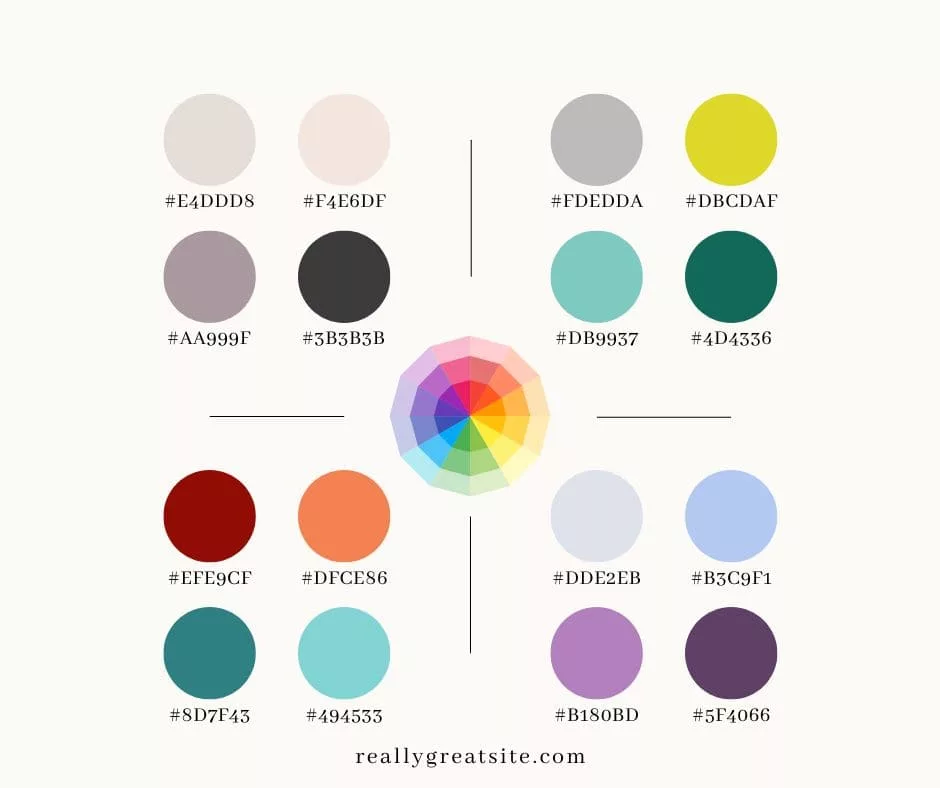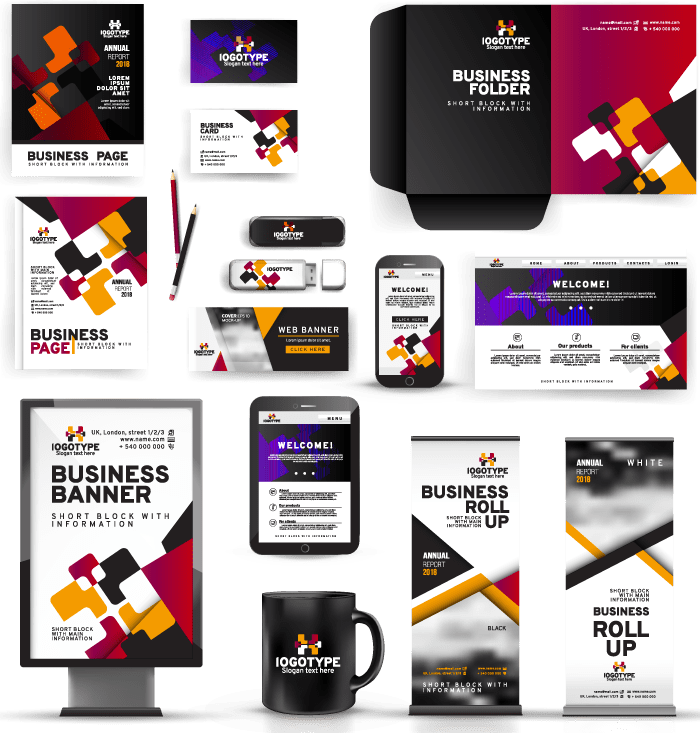While looks are not everything, they play a significant role in the success of your website. Think about it—if a website isn’t aesthetically pleasing, organized, and easy to navigate, how likely are visitors to stay on the site and ultimately become customers? In this article, let’s explore why having a well-designed website is paramount for your business and how to make your website look great.
Why does it matter?
Intuitively, it makes sense to have a website that looks great. Taking a closer look, let’s see why it matters.
You won’t get a second chance to make a first impression.
In many cases, your website is the first thing that potential clients see when they learn about your company. They come across your page on Google or through a local business directory, they don’t know who you are, and your website becomes your business storefront.
According to a Google Research study, users must have a seamless experience with your website within one second in order to fully engage and interact online. That’s how long it takes for a customer to subconsciously form an opinion about your business, which can dictate whether they use the service or not.
Remember that first impressions are lasting impressions—you want people to remember your site in a positive light!
Design impacts your brand awareness
Brand awareness is a general term that describes how familiar consumers are with a brand or its products. In other words, brand awareness measures how memorable and recognizable a brand is to its audience.
Website design is one of the most critical elements of a business’ brand awareness. Besides enabling businesses to differentiate themselves from their competitors, website design communicates their brand’s personality as well. Having a cohesive image and message across different platforms helps your brand stand out and be recognizable.
Design impacts usability
Think of it this way — a website’s design determines how usable the site is for its visitors. Is the navigation simple and accessible? Are all the links easy to find? Is it clear what the company offers?
All of these factors make up a website’s usability, and they all contribute directly to how successful your business will be online. In recent years, not only have users shown an appreciation for well-designed and helpful web pages, but search engines have also been programmed to prioritize those sites.
Design establishes credibility
Finally, good web design increases your business’s credibility. If your site looks professional and well-made, people will trust that your products or services are of high quality as well. On the other hand, if visitors end up on a poorly designed website with broken links and cramped pages, they might assume that whatever you’re selling isn’t worth their time or money.
Again, your website is the virtual storefront for your business, a representation of what you have to offer. Next I’ll show you how to make sure your business website looks nice and clean.
Universal principles of clean design
Even though designing a professional website takes some professional skills, there are a few principles you can follow to make your website look great.
It’s All About Usability
Pretty looks should never come at the expense of ease of use. A well-designed website is user-friendly—it should be easy to navigate so users don’t get frustrated or confused while trying to find what they’re looking for. Your website content should be enhanced by visual design, not distracted by it.
The easier it is for your visitors to get around and find what they need, the more likely they are to stick around!
Less is more
When it comes to designing a clean website, being minimalistic often helps.
Your font set, color palette, animations, and design elements are all effective ways to style your webpage. However, using too much of anything will confuse and distract your visitors from what you want them to do.
Here are some tips:
Fonts – Use 2 or 3 well-contrasting fonts to highlight the main points and direct attention up to
Colors – Find 2- 4 well-matching colors to make your site visually interesting. Coolers.co website is a great place to find color inspiration and palettes that go well together.

Use animations and design elements sparingly to help navigation and flow of the website.
When building a website, avoid adding too many bells and whistles that won’t add value or boost conversions. Streamline and simplify while still ensuring that every element serves a purpose.
White space matters
White space is one of the most critical elements in creating a clean design. Basically, white space is the area between design elements. It helps draw attention to certain sections of your website and makes it look less cluttered.
Use white space around images or blocks of text to highlight important information without making it seem too crowded. As designers say, give your visitors some space to rest their eyes on, and they’ll appreciate your effort.
Quality and matching website imagery.
That’s often the hard part. You want your images to be crisp and of high-quality, without relying on overused stock images. Obviously, not every business has a professional photoshoot to showcase their products and services, and sometimes a well-chosen stock photo is the way to go. Stock photography services such as Pixabay or Shutterstock can be useful. With that in mind, use real business or product images whenever possible to make your business appear more human and personal.
Another key thing to note about images is that they should match your color scheme, or at least not conflict with it. If your color palette is warm and earthy, you want your images to match this style, and avoid bright colorful images and cool tones.

Finding a reasonable middle ground between a matching tone, high-quality, and a personal touch can be challenging. Nevertheless, imagery is an essential element of your website, and finding the right image is well worth the effort.
Contrast
We’ll talk more about contrast when we get to the website accessibility topic. But it’s worth mentioning contrast here as well, as it is very important design element which is often overlooked. Contrast is relevant for 3 reasons:
- It makes your text readable
- It is visually appealing
- It helps you direct your visitors’ attention.
The following are a few things you should know about using contrast to improve your visitors’ experience and boost conversions:
- The background should contrast well with the text. If you are not sure if your page will be readable, use the WAVE tool to check contrast and general accessibility.
- Headlines should have an ample contrast with regular text. You can achieve it through text size, weight and font.
- CTAs (Call-to-Action) buttons should be in contrast with the rest of the website. Using contrasting colors is a great way to direct visitors’ attention to what you want them to do.

Simply follow these steps and you’ll see how much cleaner and better your website looks.
Be consistent throughout the website and other platforms
That’s what we discussed in the Brand Strategy section. The more consistent you are the more people will remember you. Your website pages should be in harmony with one another without a doubt. But your clients will be even more likely to recognize and remember you if your website matches your business cards, social media pages, and letterhead.

Good design does not hinder the delivery of your message, but rather helps it.
Last but not least, design with the goal in mind. Having good visual design isn’t just about looking pretty. It’s about growing your business, increasing your conversions, and solving other issues. The beauty of a design should never come at the expense of your goals.
Conclusion
Your website’s visual design and usability are both essential to the success of your business online.
A website that looks great will draw people and keep them engaged. It will help to make your brand more recognizable and increase brand awareness. Moreover, your visitors will simply enjoy their experience of surfing your website.
Following these universal principles of clean website design can help you create an inviting digital space where visitors feel comfortable exploring what you have to offer. With a little bit of effort up front, you can ensure that your website looks great and functions optimally for years to come!
If you want to learn more about what makes the best website for small business, read this article.

